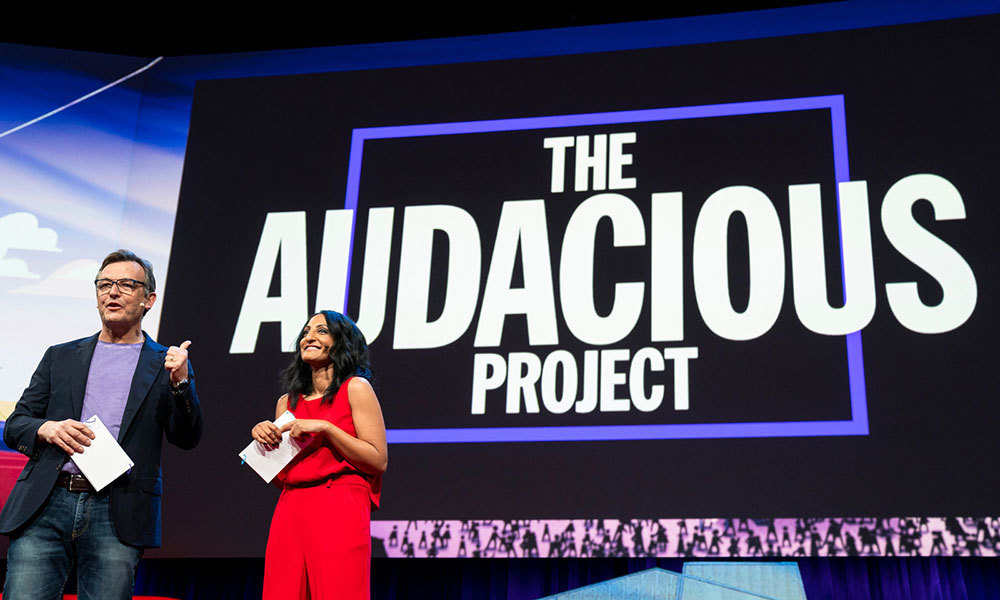
TED Hits on “Audacious” New Way of Funding Nonprofits
TED’s Audacious Project aims to support nonprofits with major potential by offering them massive amounts of funding to help their big ideas scale quickly. The philanthropic approach borrows much from the world of startups.
Finding the best ideas, funding them, and helping them scale up—it’s the way that startups get funded.
But in the nonprofit world, the grant-driven approach makes the funding process a lot more inefficient and can limit a nonprofit’s ability to grow. The organizers of the TED Conference think that they have a way to fix this problem, however, with a new endeavor, called The Audacious Project.
Chris Anderson, the owner of TED, announced the project earlier this month, revealing an idea that brings an entrepreneurial spirit to nonprofit funding. Anderson, in a LinkedIn blog post, explained that while a successful startup founder can raise money relatively easily, a nonprofit founder often has to spend much of their time fundraising, which can limit the nonprofit’s reach.
“There are no venture capitalists she can approach; no equivalent of an IPO in her future. Instead she reaches out to foundations and individual philanthropists, one at a time,” Anderson explained in an example. “She has to spend 50 percent of her time fundraising, and it takes ten meetings on average to get any kind of commitment, which are usually for less than three years and have many restrictions on how she can use the dollars.”
The restriction issue is a key one; research in recent years has made the case that limitations on how nonprofits can spend their money often challenge their missions. The Bridgespan Group, which is supporting the TED endeavor, has made a case against starving an organization of overhead.
The secret sauce of The Audacious Project is that it can scale. While TED started with a $250 million fund to support the five nonprofits it did this year, it encourages other nonprofits to help further fund the endeavor, and leans on its high-paying members of TED, who often pay upward of $10,000 per year to attend its annual conference, to further offer support or promotion to the nonprofits it highlights. This gives the endeavor the veneer of an initial public offering on the stock market. From its starting point of $250 million, the project’s current fund is $406 million, with a goal of $634 million.
In comments to Quartz, Anderson emphasized that The Audacious Project hopes to streamline this process so that bold nonprofit approaches get rewarded for their ability to execute on their mission—rather than their fundraising endurance.
“To get to effective change, part of it depends on a well-functioning organization. The tragedy is that they’re often not allowed to flourish and grow in the nonprofit sector,” Anderson explained. “This is an attempt to identify the effective, wonderful organizations who are focused on a goal that matters and give them a chance to really step up their impact.”
The Audacious Project—which has received support from The Bill and Melinda Gates Foundation, the Dalio Foundation, the Skoll Foundation, and Virgin Unite, among others—is organized around results. Those that received funding this year had to submit detailed plans for how they hoped to spend funding and execute their vision.
While TED chose the recipients for this year’s Audacious Project, the organization is hoping to open up the endeavor to public voting in future years.
It’s to be seen whether the Audacious approach will change the landscape of nonprofit funding, but one thing’s for sure—it looks nothing like the traditional model.
TED’s Chris Anderson and Anna Verghese introduce The Audacious Project. (Bret Hartman/TED)






Comments